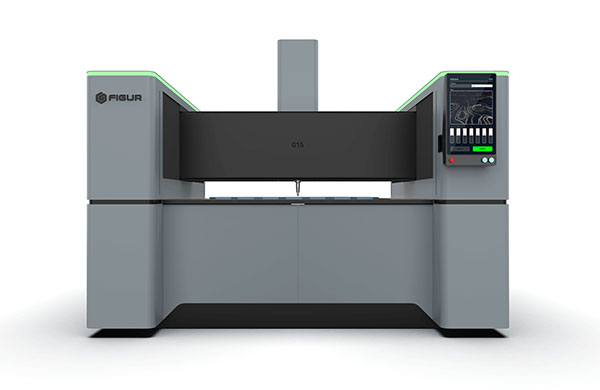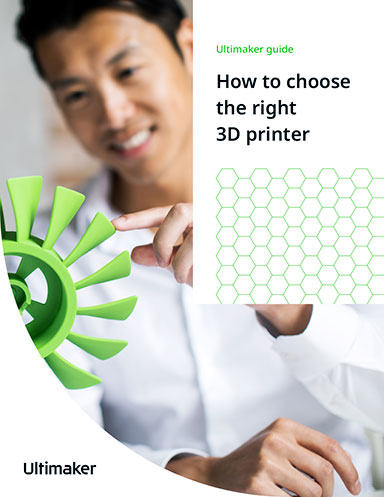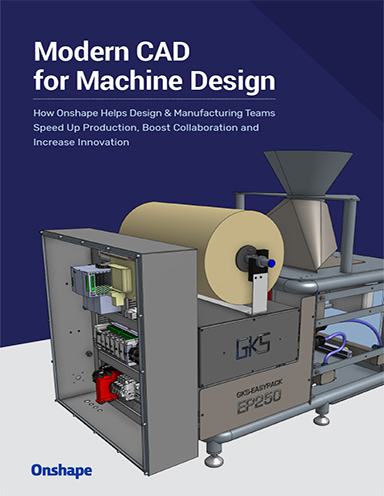Desktop Metal Rolling Out 3D-Printed Sheet Metal Tech for Cars, Planes
The technology Figur G15 is reportedly capable of shaping standard sheet metal on demand directly from a digital design file.

The Figur G15 uses an all-new Digital Sheet Forming (DSF) technology from Desktop Metal to produce sheet metal forms on demand from a digital file. Image courtesy of Desktop Metal.
Latest News
September 9, 2022
U.S.-based 3D printer maker Desktop Metal is gearing up to unveil a new technology that is expected to simplify the industrial sheet metal production process, according to Chief Executive Officer Ric Fulop, who told Reuters in a statement.

The technology Figur G15 is capable of shaping standard sheet metal on demand directly from a digital design file, eliminating the need of stamping tools, molds, dies or presses and and reducing costs and production lead time, Fulop adds.
Special features include the following:
- The Figur G15 uses Digital Sheet Forming (DSF) technology in which a software-driven ceramic toolhead on a gantry shapes standard sheet metal into parts with up to 2,000 lbs of force.
- With a maximum sheet size of 1600 x 1200 mm (63.0 x 47.2 in), the Figur G15 delivers parts with a draw depth up to 400 mm (16 in) in Z without custom forming tools, molds, dies, or presses.
- The G15 supports forming a range of metals and sheet thicknesses—including steel up to 2.0 mm and aluminum up to 2.5 mm.
- Parts produced on the G15 have a quality surface finish with little to no post-processing required.
The Massachusetts-based company has BMW, Toyota Motor and billionaire Elon Musk's rocket company SpaceX among its clientele.
Fulop says he expects first-generation of the new technology to handle volume production of sheet metal parts for aircraft, agriculture and heavy-duty equipment.
In automotive assembly, however, the technology will be able to handle sheet metal shaping and stamping in low- to mid-volume, he notes.
“It could support production of sub-10,000 vehicles a year initially,” Fulop says. “I am confident we will dramatically reduce the need for stamping over the next two decades.”
For now, the technology is only capable of forming sheet metal parts that fit in its 3D printer envelope of 1.5 meter by 1.2 meter and can process positive and negative forms up to 40 cm in the vertical direction, according to a company statement.
Sources: Press materials received from the company and additional information gleaned from the company’s website.
Subscribe to our FREE magazine, FREE email newsletters or both!
Latest News
About the Author
DE’s editors contribute news and new product announcements to Digital Engineering.
Press releases may be sent to them via DE-Editors@digitaleng.news.






